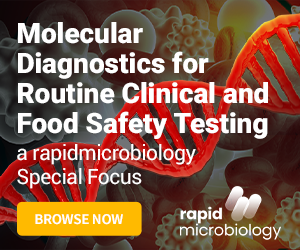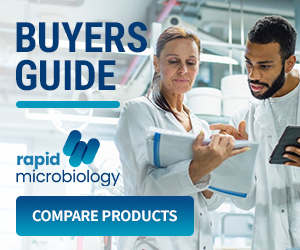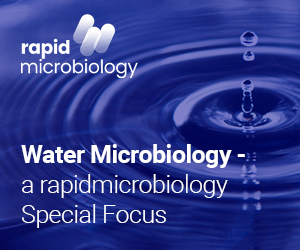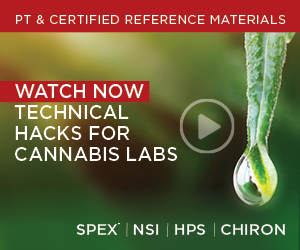Food Illnesses Reduced by Pall Filtration Technology
Seventy six million people suffer from illnesses caused by consuming contaminated food or beverages each year in the United States. Attention is turning to water as a culprit in the growing number of foodborne outbreaks. Removing spoilage organisms and other impurities from water used in food and beverage processing was the subject of a presentation about Pall Corporation's (NYSE: PLL) technology at the annual conference on Practical Membrane Technology sponsored by the Texas A&M University System.
The growing concern about contamination from pathogens has contributed to more stringent government regulations to ensure safety of the food supply. There are more than 250 known foodborne diseases. Pall membrane microfilters consistently remove harmful contaminants so food and beverage producers can meet or exceed standards for purity.
'As the U.S. Food and Drug Administration issues new guidance documents to protect the food supply, the industry is adopting preventive measures to ensure product safety,' said Tom Wingfield, Vice President of Marketing, Pall Food and Beverage. 'Membranes are the most precise way to help maintain product quality and are the best way to enclose and protect food processes from both known and unknown contaminants.'
A host of pathogens, such as bacteria, parasites and viruses can contaminate the water used to produce soft drinks, milk, bottled water, beer, wine, and many food products. Untreated or ineffectively treated water can cause foodborne illnesses, some of which can be life threatening. Each year in the United States 325,000 people are hospitalized and more than 5,000 die from foodborne disease.
Organisms such as the waterborne parasite Cryptosporidium are resistant to disinfection and temperature treatments. Pall membrane microfilters provide an absolute barrier from these parasites and their oocysts. They are capable of removing more than common water contaminants since much of the Company's technology for water purification was developed for industries, including the pharmaceutical industry, that require ultra-pure water.
'Our background in cell biology provides an added benefit to our customers as we leverage our technologies and experience across every stage of food and beverage production to ensure that products consistently meet the highest standards of safety and quality,' added Mr. Wingfield. A variety of Pall media in microscopic pore sizes are used for clarification, sterilization and final filtration steps in food and beverage processing.
Over $200 million in Pall Corporation's annual sales are derived from applying its water purification technologies for a wide variety of industrial uses. Water processing applications represent the fastest growing area of Pall's business.
In addition to discussing how membranes can help protect the safety of food and beverages, Mr. Wingfield also reviewed how membranes can be used to help the industry more efficiently cope with the growing problem of water scarcity. Water is one of the most common raw materials used by industry. There is an increasing need to reuse and recycle water to conserve it. For example, Pall membrane filtration systems can be used by industry to transform and recycle plant wastewater or water from other impotable sources for applications such as cleaning equipment and rinsing bottles. These filtration systems are flexible in size and scope and can be configured for each specific application to help industry more cost-effectively and efficiently reuse limited resources and also play a role in protecting our environment.
Source : Pall Corporation View Company Information
Posted on May 19, 2003







